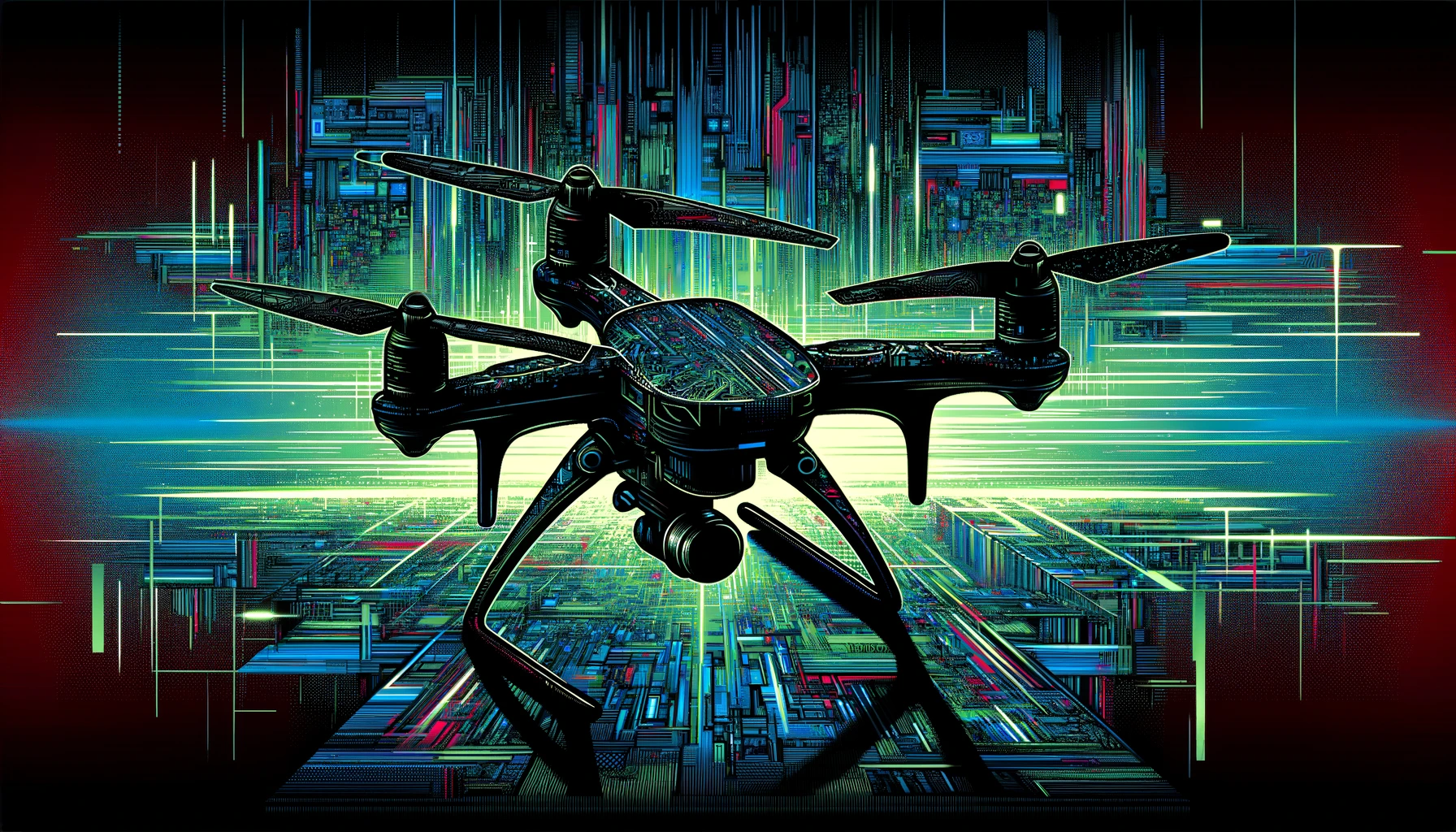AI drones could help with mine clearance in Ukraine

Key Points
- Jasper Baur, a PhD student at Columbia University, is developing an AI-powered drone technology to detect landmines, with a success rate of around 90% under ideal conditions. It complements traditional demining by quickly scanning large areas for explosive hazards.
- Baur's method supports manual searches with metal detectors by using drones to take images of minefields, which are analyzed by artificial intelligence to identify landmines and unexploded ordnance.
- The technology tested in Ukraine has limitations, particularly when it comes to detecting mines that are difficult to see. To remedy this, Baur's team is researching thermal imaging technology and ground-penetrating radar to detect mines that are hidden by vegetation or deeply buried.
Drones and computer vision could help detect minefields in Ukraine and speed up clearance.
Jasper Baur, a PhD student at Columbia University, is working with the Safe Pro Group to develop drone technology that uses artificial intelligence to detect landmines in Ukraine. The technology, which has shown a detection rate of around 90% in tests under optimal conditions, is designed to support traditional demining methods by quickly scanning large areas and identifying potential explosive hazards.
Traditional demining, which has changed little since the Second World War, involves manually searching areas with metal detectors. Baur's approach uses drones to take pictures of suspected minefields. An AI algorithm analyses these images and identifies different types of landmines and unexploded ordnance.
Real-world tests reveal the system's limitations
The technology has been tested in Ukraine, where the ongoing conflict has increased the presence of landmines to unprecedented levels. The tests have revealed the limitations of the technology: Currently, the AI system mainly detects explosives close to the surface, but has difficulty identifying mines that are buried deep or hidden by vegetation.
To improve this, Baur's team and the demining research community are experimenting with thermal imaging technology and ground-penetrating radar. They are also working to refine the AI model so that it can better estimate its detection reliability, taking into account factors such as vegetation.
"There is no silver bullet"
The main purpose of the UAV approach is to enable more efficient initial exploration of large areas to identify areas with a high density of mines. With today's resources, this process could otherwise take up to 750 years.
Milan Bajičić, a remote sensing expert who has worked on mine clearance in Croatia, told Scientific American: "There is no silver bullet of technology, but combining different technologies can be more successful than any of them."
Baur's goal is to make this drone detection system available to demining teams worldwide, especially given the continued use of landmines in conflicts such as the war in Ukraine.
AI News Without the Hype – Curated by Humans
As a THE DECODER subscriber, you get ad-free reading, our weekly AI newsletter, the exclusive "AI Radar" Frontier Report 6× per year, access to comments, and our complete archive.
Subscribe now